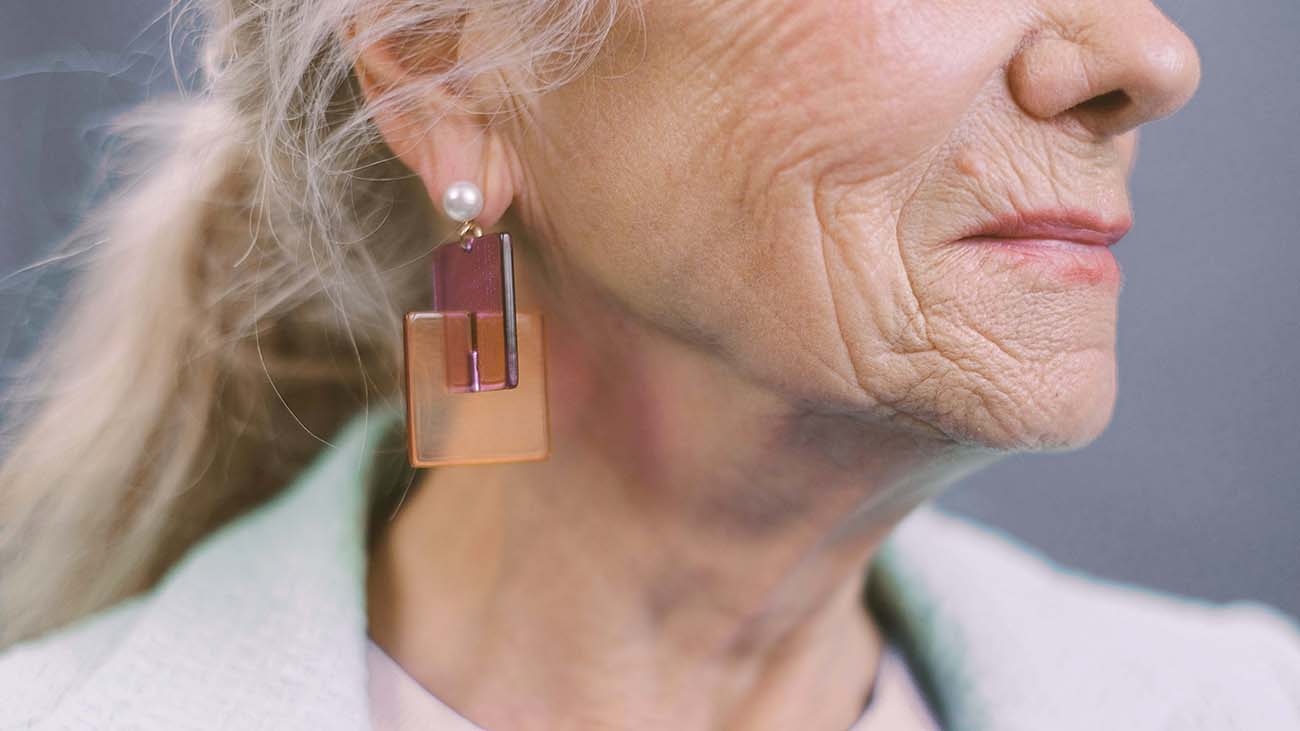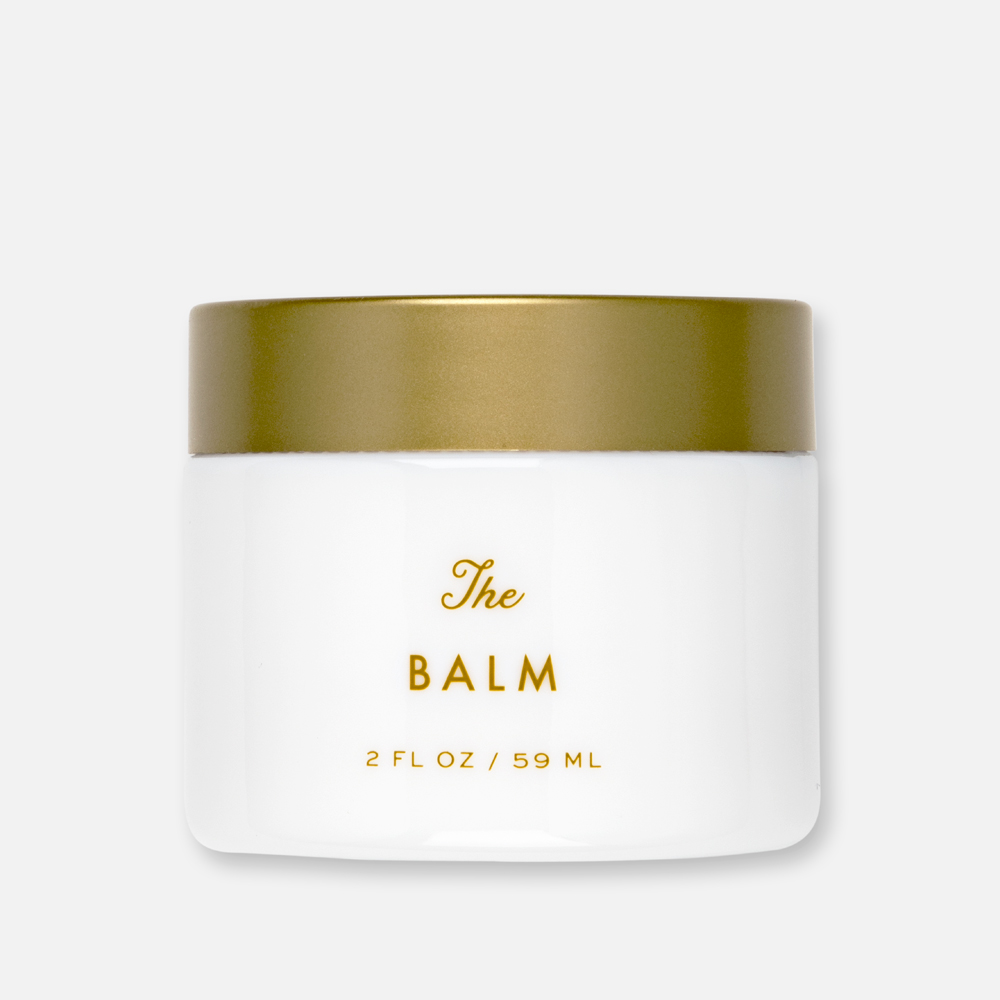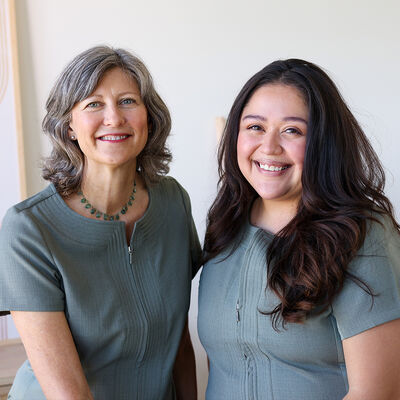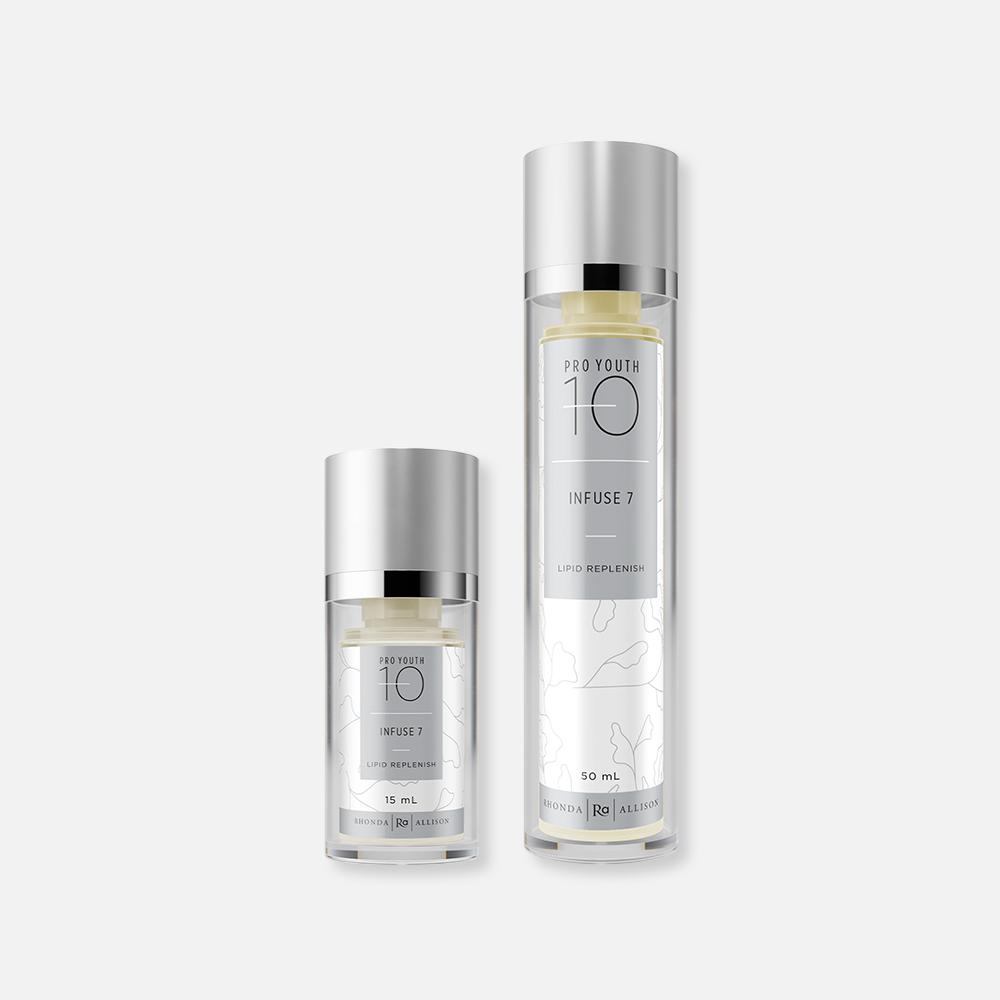
Recently, my daughter Celine and I went out to our favorite ramen bar for bowls of hot ramen noodles and cold Japanese beer. I had my favorite, Shiro ramen, which is loaded with sea salt and is sooo delish. The next morning after a great night’s sleep, I shuffled into the bathroom and noticed I looked 10 years older. Aside from bed head, my face was covered in fine, crepey lines and my eyes were puffy. I immediately reached for a tall glass of water.
Perhaps you can relate to a similar experience of instant aging after an evening of rich, salty foods and/or alcoholic beverages. What we are actually seeing is the visible effects of dehydration. When we use more water in our body than we have consumed, we experience dehydration. Dehydration can cause all sorts of mischief, both visible and invisible, to the cells in our body, including our skin cells. The good news is that these signs of dehydration can be easily reversed by rehydrating our bodies and moisturizing our skin.
Unfortunately, dehydrated skin is commonly misdiagnosed as dry skin, and the two are not the same. Knowing the difference between dehydrated skin and dry skin will help you get quicker, visible improvements to your skin.
Is Your Skin Dry or Dehydrated?
The key to finding out is knowing the difference between a skin type (dryness) and a skin condition (dehydration). To further confuse matters, it’s possible to have both dry skin and dehydrated skin. And, believe it or not, oily skin can also become dehydrated.
Fret not. Here is what you need to know:
Dry skin is a skin type
A skin type is something that’s typically genetic and also permanent. Simply put, dry skin lacks oil. This is a skin type that doesn’t produce enough sebum, an oily substance that naturally protects the skin. The signs of dry skin are:
- Persistent tightness and discomfort of the skin
- Roughness to the touch
- Appearance of peeling and “crocodile skin”
- Pores are barely visible
- Shows signs of wrinkles and fine lines
- Skincare products don’t easily absorb
Dehydrated skin is a skin condition
Unlike a skin type, a skin condition is usually a temporary state. Unlike dry skin type, dehydrated skin is the result of a lack of water, not oil. The signs of dehydrated skin are:
- Dark circles under the eyes
- The face looks tired and dull, overall
- Skin appears thinner, dryer and takes on a crepey appearance
- Premature loss of firmness and the presence of fine lines that come and go depending on your skincare routine and water intake
- Itchiness
- Localized wrinkles near the corners of your eyes
- Pores are visible at the T-zone (nose, forehead, chin area) and may also look enlarged or sagging
- Moisturizing provides immediate relief
While both dry skin and dehydrated skin can feel tight, rough, and sensitive at times, dehydrated skin lacks water, and the method of treatment is, of course, to hydrate it.
How To Fix Skin Dehydration
- Hydrate from the outside-in by adding hydration-boosting ingredients to your skincare routine. Choose a hydrating serum or gel with a base of hyaluronic acid. Look for ingredients such as vitamin C, glycerin, aloe, honey, snail mucin, lactic acid, and ceramides to strengthen the skin barrier and restore the skin’s moisture balance. The key is to improve the water content to the superficial layers of your skin without adding unnecessary oils. An excellent source of ceramides and hyaluronic acid is Le Mieux Collagen Peptide Serum. Blemish-prone skin types love Rhonda Allison C-Repair Complex, which contains hyaluronic acid and vitamin C. For some people, this single step can resolve the issue of dehydrated skin. Be sure to apply your hyaluronic acid-based serum within one minute of washing your face or stepping out of the shower to seal in moisture.
- Hydrate from the inside-out by drinking water. Our bodies require a constant supply of fresh water, so be sure to drink at least nine glasses of water per day PLUS an extra eight ounces of water for every coffee or alcoholic drink you consume. If you crave a hot drink in the colder months, try sipping on hot water or herbal tea to warm you up and boost the water content in your skin. Please note that drinking enough water will not resolve your dehydrated skin in and of itself; you must also restore your skin’s natural barrier from the outside in.
- Replace lost moisture in the air. Both air conditioning and heating systems pull moisture from the air in our homes, often leaving our skin feeling tight and dry. Running a humidifier is a great way to replace some of that lost moisture, especially while you sleep at night. Both your sinuses and your skin will thank you.
My favorite humectants that boost skin hydration:
- Hyaluronic acid – a naturally-occurring molecule that can bind water to your skin
- Vitamin C – (choose a form other than ascorbic acid) attracts water as well as provides free radical protection, boosts collagen production, and brightens the skin
- Aloe Vera – heals, provides hydration and contains 75 healing elements, including vitamins, minerals, enzymes, and amino acids
- Honey – rich in antioxidants, natural antibacterial power, and moisture-restoration properties
- Ceramides – strengthen the skin barrier and prevents water loss
How To Banish Dry Skin
Dry skin requires an additional level of care to absorb and maintain and hydration level that relieves uncomfortable symptoms. In addition to using hyaluronic acid and other hydration-boosting ingredients as part of your daily skincare routine and drinking water, I’ll share some extra steps to treat chronically dry skin thoroughly.
- Exfoliate regularly. It’s essential to exfoliate your skin gently at least twice per week. Dry, dead skin cells act as a barrier to the proper absorption of your hydrating skincare products. I recommend exfoliating with Rhonda Allison Derma-Zyme or NeoGenesis Enzyme Creme Mask. The plant-based enzymes in these products digest away dead dry skin cells leaving the skin soft and smooth and better able to absorb hydration.
- As above, add a hydration boosting serum to your daily routine. This serum should include ingredients such as hyaluronic acid, vitamin C, aloe vera, glycerin, honey, and ceramides.
- Choose the right moisturizer. Apply a high-quality moisturizer that is rich in lipids and water-capturing agents. Lipids or oils, such as plant, nut or seed oils, shea butter, squalane, and ceramides, provide barrier protection to your skin sealing in hydration and preventing further water loss. Sorella Apothecary The Balm is my top recommendation. For extremely dry skin, it’s essential also to apply a regenerative and restorative oil. A good example of a hydrating oil is Rhonda Allison Infuse 7. Alternatively, Rhonda Allison Hydrating Relief Serum is an excellent choice for blemish-prone skin.
Dry skin often leads to a compromised skin barrier. Read my blog to learn about the top 10 ingredients and recommended products to improve hydration and increase the strength of your skin barrier.
Consult A Skincare Expert
Struggling with a failing skin protocol or even knowing where to start when tweaking it can be overwhelming, and you don’t have to do it alone. The guidance of a professional can be invaluable and, in many cases, necessary. If you’d like expert assistance with fine-tuning your current protocol, be sure to take advantage of our online consultations. Our trained experts guide you through the selection of specific products that are ideally suited to your unique skin type and any concerns that you may have.

Have questions? Reach out to our team of seasoned estheticians via live chat or sign up for one of our Skincare Coaching Programs to discuss your specific needs. We’ll be here every step of the way!


